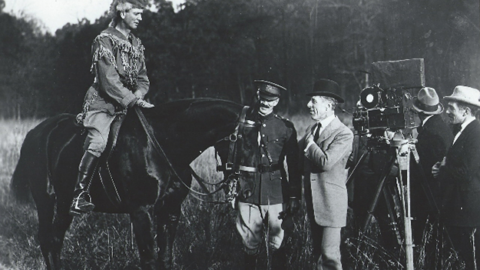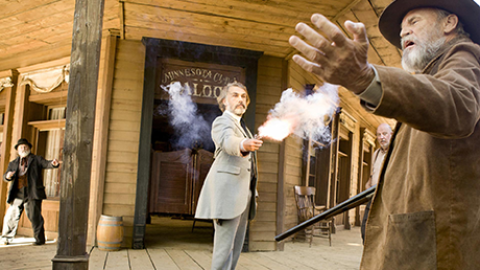By Steven Mears in the January-February 2016 Issue
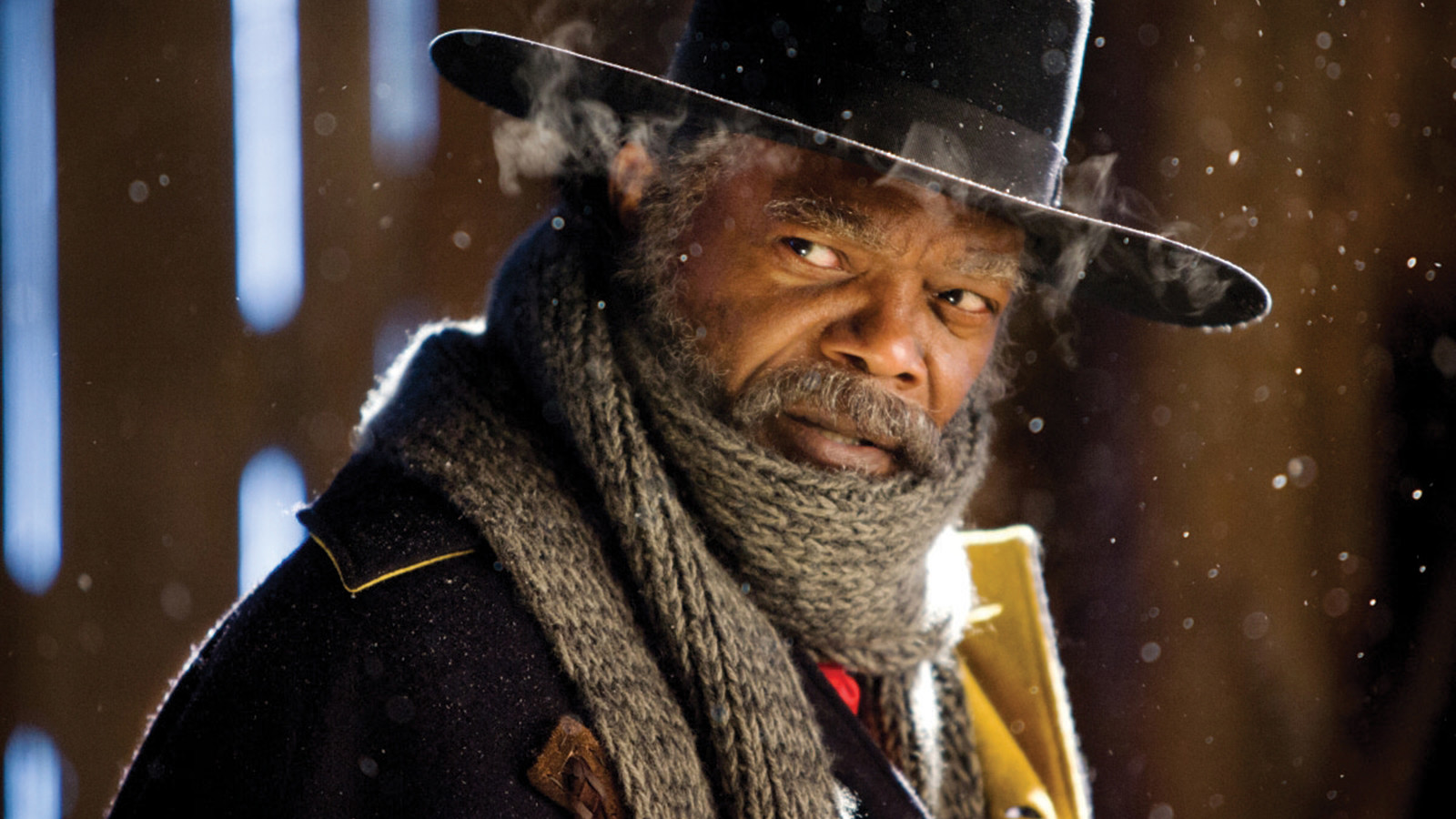
Review: The Hateful Eight
(Quentin Tarantino, U.S., 2015)
Posters for The Hateful Eight proclaim it “the 8th film by Quentin Tarantino.” This calculation appears to omit Death Proof, his segment of Grindhouse, which is something of a missed opportunity because including it would make the new work Tarantino’s 8½. In a sense, that’s what it is anyway—not because the film, set in post-Civil War Wyoming, is his most dazzling or soul-baring creation, but because it’s the grandest monument to his style and all the indulgence and chutzpah it connotes. If you dig Tarantino, you’ll be in 70mm heaven; if “dig” has no place in your vocabulary, you’re in for a long three hours.
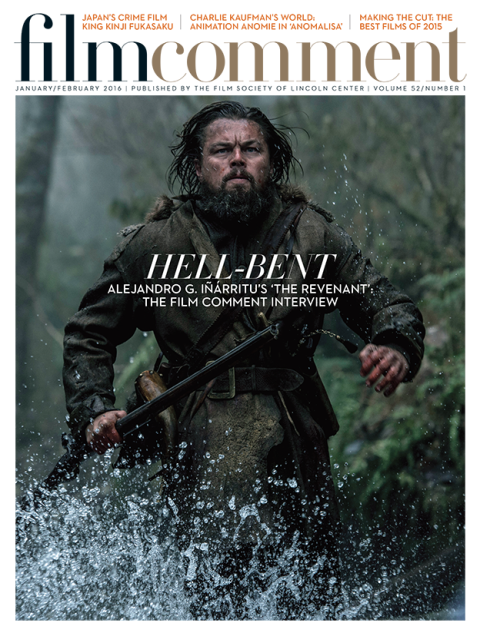
From the January-February 2016 Issue
Also in this issue
Like the characters on screen, I found my convictions shaken by each new plot development. I thrill to the robust strains of Ennio Morricone’s first original Western score in over three decades (which also samples his themes from The Thing and Exorcist II: The Heretic). I’m in awe of Tarantino and cinematographer Robert Richardson for reviving the Ultra Panavision 70 process used on Ben-Hur in 1959 and defunct since Khartoum in 1966—curiously dispatched in service of what is essentially a filmed play, most of which takes place indoors. I marvel at what is likely the most formidable cast the director has assembled since the Nineties, though some members are distinctly underutilized. And as much as anyone, I enjoy his dialogue, even as it exists strictly to ratchet up tension between bursts of apocalyptic violence.
But the first act (or two chapters, as is Tarantino’s presentational wont) gives way to tedium, as a muttonchopped bounty hunter (Kurt Russell) and his feral quarry (Jennifer Jason Leigh) are induced to share their stagecoach with a fellow fugitive-hunter (Samuel L. Jackson) and a Southerner (Walton Goggins) claiming to be the new sheriff of the town waiting to hang Leigh’s prisoner. It’s as if Tarantino, believing the interrogation prologue to Inglourious Basterds to be the best-written scene of his career, undertook to redraft the sequence at nearly feature length. If nothing else, the first hour of The Hateful Eight concludes the director’s quarter-century experiment in how long characters can jovially threaten one another while waxing baroque before the audience retreats.
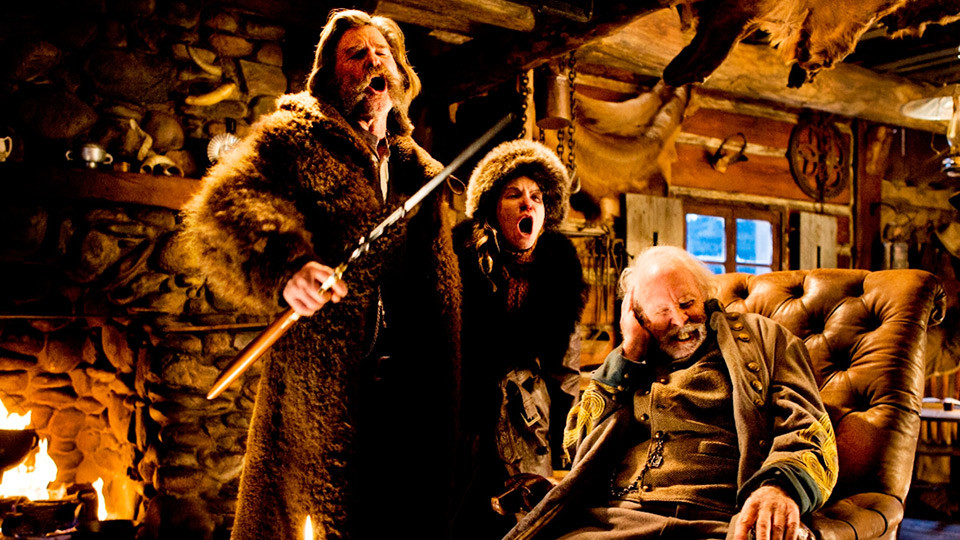
The Hateful Eight
Investment picks up considerably when the Hateful Four are compelled to wait out a blizzard at a trading post already occupied by a quartet of dubious characters (played by Demian Bichir and Tarantino alumni Tim Roth, Michael Madsen, and Bruce Dern). Before the first pot of coffee is brewed, it has become clear that intrigue is afoot. The director’s penchant for exploitation puts an ultraviolent spin on a classically genteel Agatha Christie locked-room mystery. No one has to tell Tarantino that his script borrows freely and lovingly from staples like André De Toth’s wintry 1959 classic Day of the Outlaw, though someone might have reminded him that De Toth’s film clocked in at 92 minutes.
Just as Donald Sutherland attributed his lesser character to “the back half” of The Dirty Dozen, not all of the Hateful Eight are created equal. Bichir and Madsen are most underserved by the screenplay; the latter, in particular, is saddled with a one-note gorilla role. Jackson and Justified’s Goggins know their way around an elaborate soliloquy, even if they’ve done it all before and better. The undeniable standout here is Leigh—one eye blackened, dried blood coating her muzzle, the ferocious engine driving the many plots. Tarantino even allows her an improbably lovely musical interlude before the shooting resumes.
Roth’s executioner speaks of frontier justice as “apt as not to be wrong but always thirst-quenching” (literally so in a revolting flashback involving Jackson, which offers a puerile “corrective” to racism typical of the director). After eight and a half films it’s clear this is the director’s philosophy, too. He deserves credit for devising a narrative—his first since 1997’s Jackie Brown—that isn’t explicitly revenge-driven from the outset. But one longs for interstitial moments like when a smitten Robert Forster sheepishly buys a Delfonics album after hearing it played in Jackie Brown’s apartment. Thirsts can be quenched in many other ways.
Steven Mears received his MA in film from Columbia University, where he wrote a thesis on depictions of old age in American cinema.



